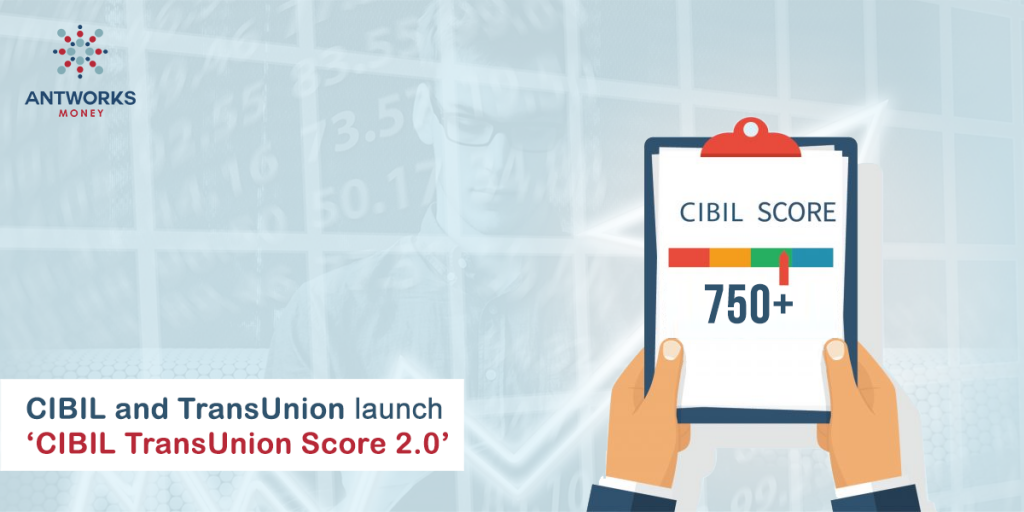- Advanced scoring formula ensures better risk prediction
- Also provides a score for borrowers with less than 6 months credit history
- Drives inclusive financing for many more eligible borrowers thus improving credit penetration
Credit Information Bureau (India) Limited (CIBIL) and TransUnion announced the launch of the latest version of the credit score –
CIBIL TransUnion Score 2.0 in 2012. This new scoring model has been developed keeping in mind the changes seen in the borrowing behavior of consumers and the evolving market landscape. This advanced scoring model will enable credit institutions to predict risks more powerfully and make confident lending decisions, which in turn will help improve asset quality and credit penetration.
“CIBIL TransUnion Score 2.0 predicts risk more powerfully as this scoring model has been customized for the changing Indian market and consumer behavior,” said Mr. Arun Thukral, Managing Director, CIBIL. “This scoring model will enable banks to better identify good customers, thereby enabling them to provide credit to more consumers and increase credit penetration and financial inclusion in the country.”
CIBIL TransUnion Score 2.0 also provides a risk index for consumers with less than 6 months of credit history. Consumers who earlier obtained a score value of ‘0’, owing to less than 6 months of credit history on their credit report–will now be graded on a risk index ranging from 1 to 5, where 1 would mean highest risk and 5 would mean the lowest risk of default. The higher the numerical value of the score, the lower is the risk profile of the individual. This helps credit institutions classify new-to-credit customers as a high, medium or low risk.
For consumers with a credit history of more than six months, the CIBIL TransUnion Score 2.0 provides a value ranging from 300 to 900, with 300 denoting highest risk and 900 denoting lowest risk of default. (Please refer to * CIBIL TransUnion Score 2.0 – Interpretation)
“Our newest scoring model is of great value because it provides an assessment of consumers with both rich and relatively new credit histories,” said Manish Jain, General Manager of analytics and decisioning services in India for TransUnion. “Credit institutions in India have come to rely on our scoring models. In this dynamic lending environment, we believe the CIBIL TransUnion Score 2.0 will help them make better risk decisions, helping to open up credit to a wider consumer audience.”
CIBIL TransUnion Score 2.0 is a dynamic number that is calculated based on various parameters on the consumer’s credit history and predicts the probability of default by the consumer. Credit institutions can avail it along with CIBIL Credit Reports, CIBIL Portfolio Review Reports, or CIBIL TransUnion Bureau Credit Characteristics.
The credit institutions that have adopted the new scoring model will now decide on customer’s loan application based on this new score.
CIBIL TransUnion Score 2.0 will help credit institutions better identify good customers and provide them with faster and affordable credit opportunities.
* CIBIL TransUnion Score 2.0- Interpretation
| Score | Interpretation |
| -1 |
·Individual has no loans/credit facilities & is not reported on the bureau. ·Individual has no loans/credit facilities & has only been enquired upon ·Individual has loans/credit facilities on bureau, but all have been closed 24 months prior to inquiry. ·Individual has loans/credit facilities but none have been reported in the last 24 months. |
| 1-5 |
·Individual has no loans/credit facilities with performance history greater than 6 months, hence a risk Index is returned ·Higher the index, lower the risk |
|
300-900 |
·Greater than 6 months of performance history (last 24 months) ·Higher the score, lower the risk |
